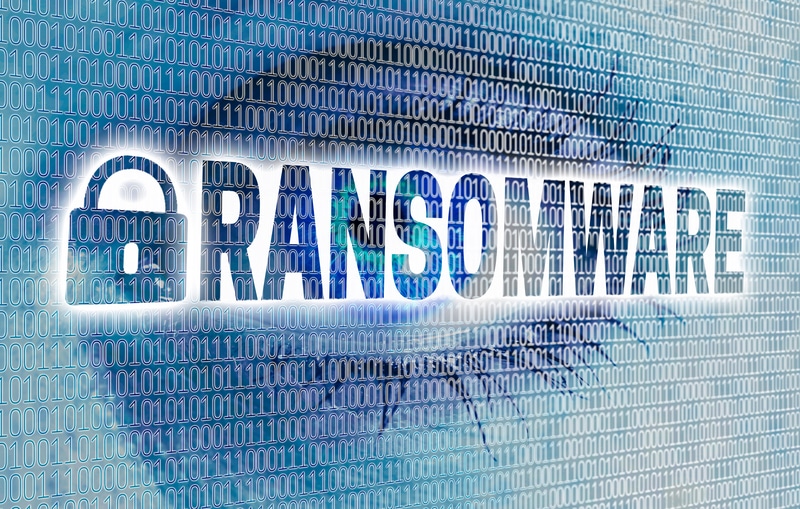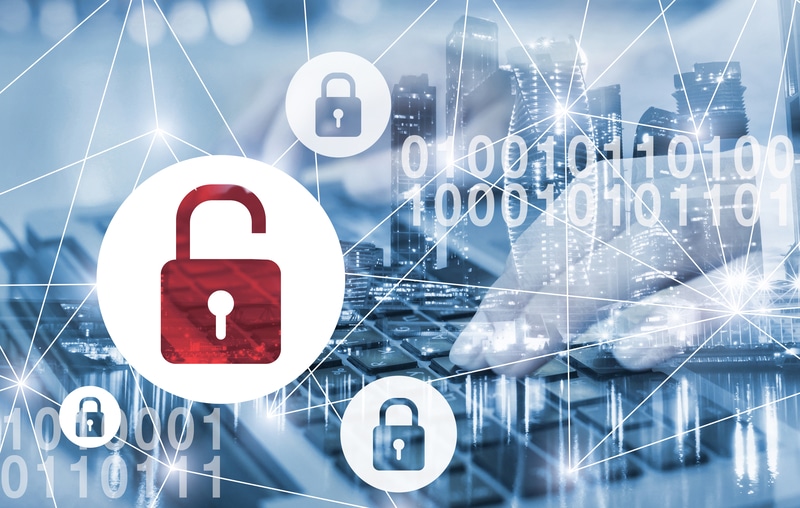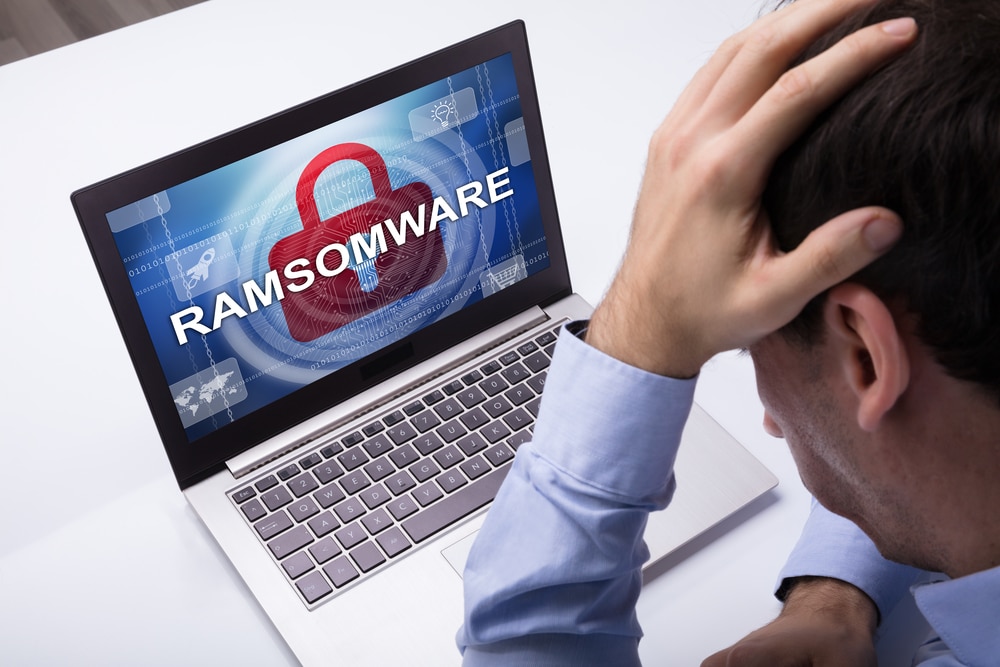
Nearly 1 in 5 ransomware attacks results in a lawsuit
A new study from Comparitech finds that around a fifth of ransomware attacks in the US led to a lawsuit in 2023.
It shows that 355 lawsuits were filed following 3,002 ransomware attacks. Of these 228 have been completed and 134 were successful -- that is they led to a data breach settlement, resulted in the company being fined for failing to safeguard systems and/or data, or were settled out of court.

Ransomware rampage -- how to fight back against attacks [Q&A]
Amid a tumultuous 2023 marked by economic anxieties and rising geopolitical tensions, threat actors seized the opportunity to weaponize fear and uncertainty. While ransomware trends had previously ebbed and flowed, experiencing a 23 percent decrease in just the first half of 2022, they took a shocking turn in 2023, skyrocketing by a staggering 95 percent.
We spoke with Andrew Costis, chapter leader of the Adversary Research Team at AttackIQ, to discuss why ransomware has taken headlines by storm and how the industry can empower security teams with the tools to fight back.

Ransomware, meet DRaaS: The future of disaster mitigation
Picture this: It’s 2031, and you’re chief information security officer (CISO) at a Fortune 500 company. Alongside many other innovative and emerging threats, you’re constantly battling AI-empowered bad actors. In fact, you spend the majority of your working hours combating emerging forms of ransomware. These dangerous incursions occur once every two seconds -- more than 43,000 attacks every day -- and all organizations are extremely vulnerable.
Although harsh, this scenario may soon become a reality. Threat actors are learning to use more refined tactics to infiltrate valuable consumer data, and it’s paying dividends. In 2023 alone, ransomware attacks increased by 68 percent.

Number of ransomware victims up 20 percent in first quarter of 2024
A new report shows a 20 percent year-on-year increase in the number of ransomware victims, along with major shifts in the behavioral patterns of ransomware groups.
The Q1 2024 ransomware report, from the GuidePoint Security Research and Intelligence Team (GRIT), finds the number of active ransomware groups more than doubled, increasing 55 percent from 29 distinct groups in Q1 2023 to 45 distinct groups in Q1 2024.

More than 17 billion records compromised in 2023
Last year saw a 34.5 percent year-on-year increase in reported data breach incidents, with over 17 billion records compromised according to a new report from Flashpoint.
This trend looks set to continue as the first two months of 2024 alone saw a massive 429 percent spike in stolen or leaked personal data compared to the same period in the previous year.

Ransomware resurgence: Tackling the new generation of cyber threats
Sadly, there has never been a better phrase than ‘survival of the fittest’ to describe cyber criminal groups. They are constantly refining their tactics to cause greater disruption and earn even bigger profits. The ransomware ecosystem is a resilient and lucrative business model, and attacks are causing huge pain for organizations.
Just look at the recent attack on the British Library. The attack rendered the British Library’s website inoperative, and it’s been reported the institution may have to spend £7 million to recover. The Rhysida group, who were responsible for the attack, disseminated hundreds of thousands of confidential documents on the internet, encompassing both customer and employee information.

Ransomware declined in January -- but don't celebrate just yet
The latest ransomware report from GuidePoint Security shows a decline in activity in January compared to the final quarter of last year, with a drop in the total number of posted victims by 33 percent and 60 percent relative to December and November 2023.
However, this is consistent with the trends of January of 2022 and 2023, both of which also followed heightened Q4 activity from the previous year.

As-a-Service tools dominate the cyber threat landscape
Malware-as-a-Service (MaaS) and Ransomware-as-a-Service (RaaS) tools now make up the majority of malicious tools in use by attackers, according to a new study.
The report from Darktrace shows malware loaders (77 percent of investigated threats) are the most common tool, followed by cryptominers (52 percent), and botnets (39 percent).

How ransomware has changed and the groups to watch out for in 2024
Web intelligence company Searchlight Cyber has released a new report on the ransomware landscape of the dark web, highlighting changing tactics and the groups that security teams need to look out for in 2024.
LockBit, BlackCat (also known as ALPHV or Noberus), and Cl0p were the most prolific ransomware groups of 2023 by the number of victims claimed on their dark web leak sites. However, a major finding of the report is that these groups' share of overall ransomware victims has actually decreased as the number of operators has grown.

94 percent of companies would pay a ransom despite having 'do not pay' policies
Cyberattacks are forcing the majority of companies to pay ransoms and break their 'do not pay' policies, with data recovery deficiencies compounding the problem.
New research from Cohesity, based on responses from over 900 IT and security decision-makers, shows that companies firmly operate in a 'when,' not 'if,' reality of cyberattacks.

Ransomware on the rise with mid-size companies a prime target
A new report from Delinea shows that, while still not back to 2021 levels, ransomware attacks are increasing.
What's more, mid-sized companies appeared to be in cybercriminals’ sights the most, with 65 percent saying they've been a ransomware victim over the past 12 months. Organizations are also paying ransoms more frequently, up to 76 percent from 68 percent the prior year.

2023 marked an 80 percent increase in ransomware activity
The latest annual report from the GuidePoint Research and Intelligence Team (GRIT) observed 63 distinct ransomware groups using encryption, data exfiltration, data extortion, and other novel tactics to compromise and publicly post 4,519 victims across all 30 of GRIT's tracked industries, and in 120 countries, across 2023.
Most impacts affected a limited subset of industries. 62 percent of all observed victims belong to one of the top ten most-impacted industries, with manufacturing and technology remaining the two most-impacted.

Organizations face devastating financial consequences from cyberattacks
A new report from Barracuda Networks and the Ponemon Institute looks at 'cybernomics' -- the financial forces that are driving cyberattacks.
Based on a survey of over 1,900 IT security practitioners it finds the average annual cost to respond to compromises is a startling $5.34 million.

Over 90 percent of organizations set to increase data protection spending
The latest Data Protection Trends report from Veeam Software shows 92 percent of organizations will increase their 2024 data protection spend, to achieve cyber resilience amid continued threats of ransomware and cyber-attacks.
However, while companies say they will spend more trying to fend off cyberattacks, the report finds IT leaders are feeling even less protected and more concerned about their ability to recover and restore mission-critical data.

How many times are you going to think about ransomware in 2024?
In 2023, we saw the popular trend of asking "how many times a week do you think about the Roman Empire?", and as an avid Roman Empire fan, my answer was a lot. In fact, the fall of the Roman Empire can be easily compared to ransomware breaches.
In 410 AD, the impenetrable walls of Rome were breached by the Visigoths, signaling an end to the once-mighty empire. The reason for the defeat of the Romans was complacency -- the walls and other defenses were in a state of disrepair, and Rome lacked a substantial military presence.
